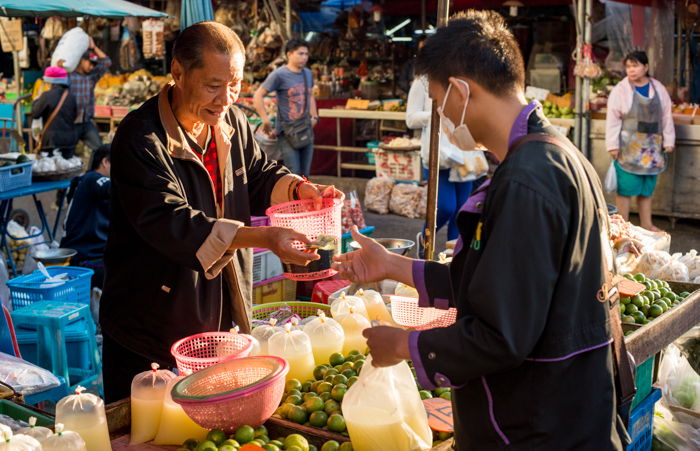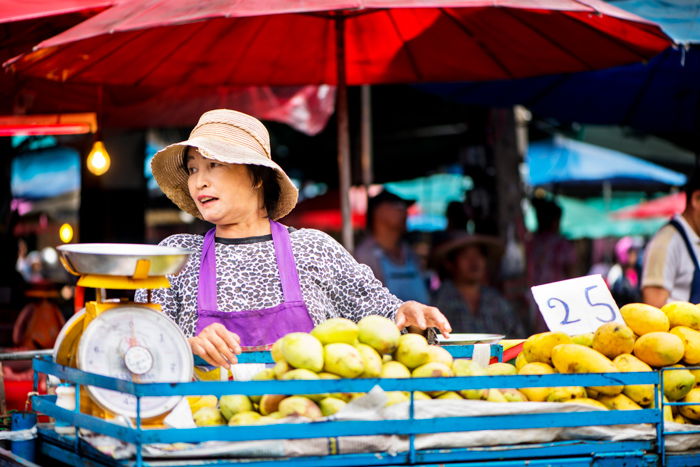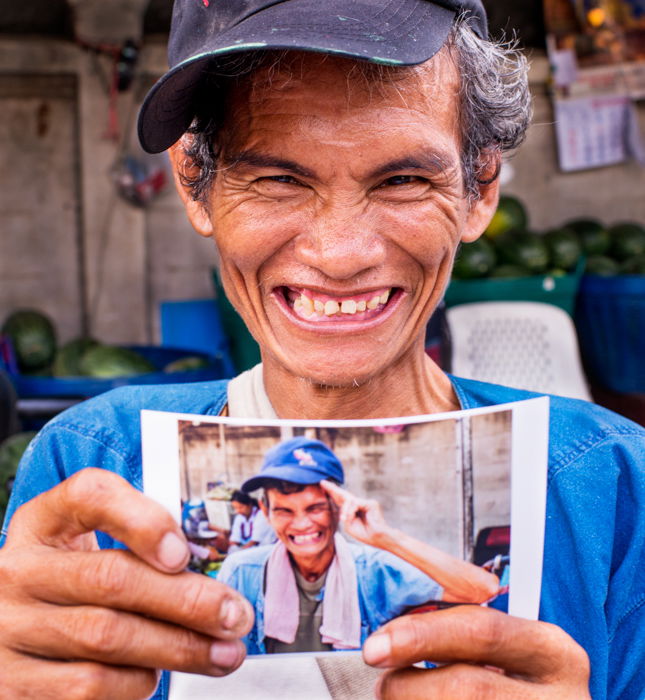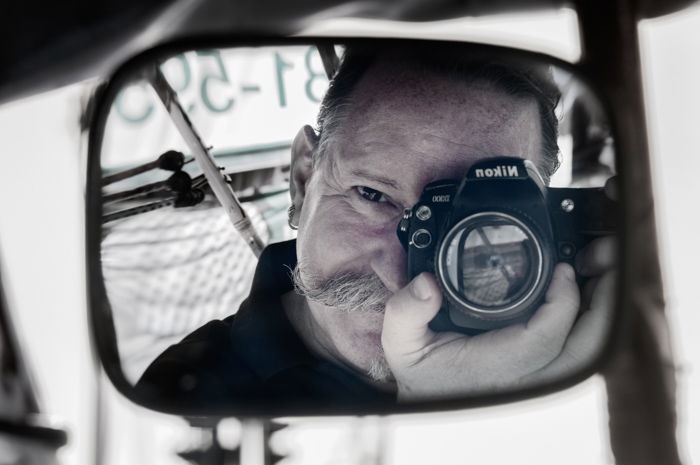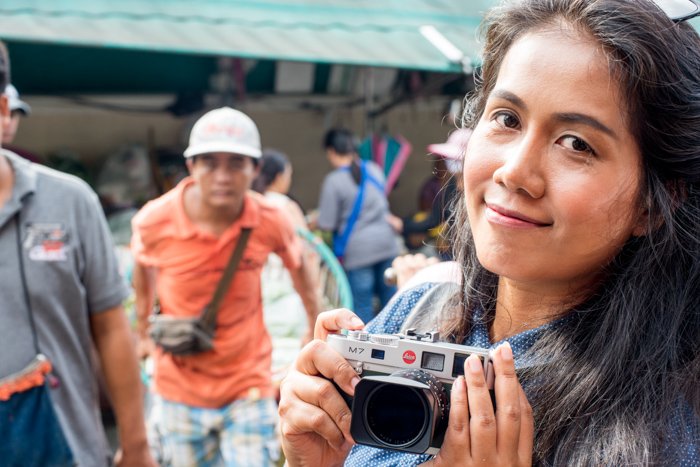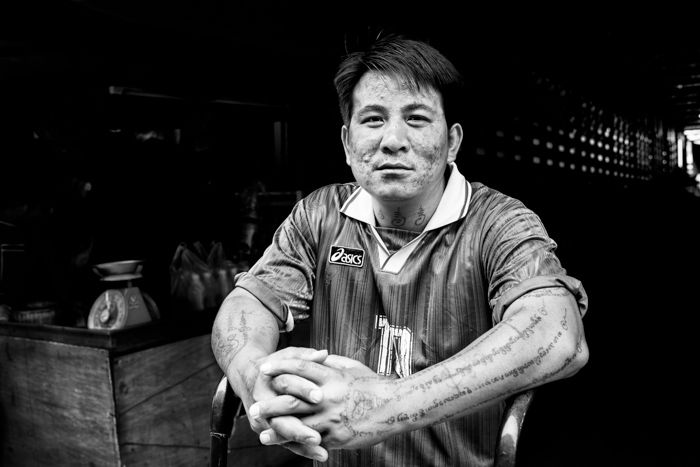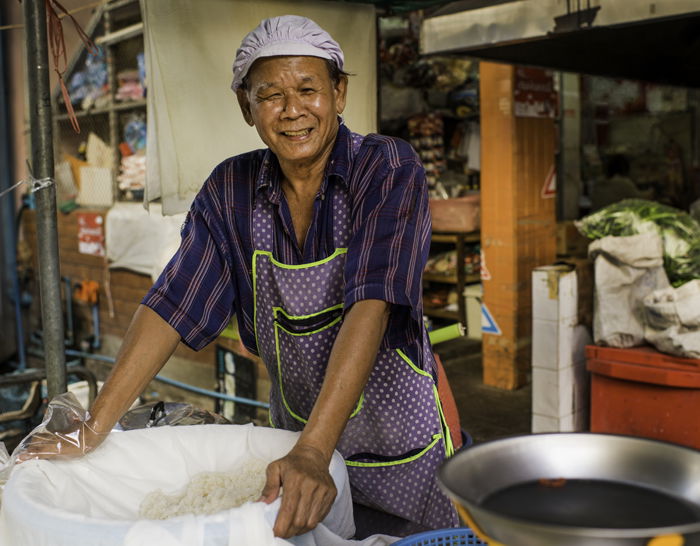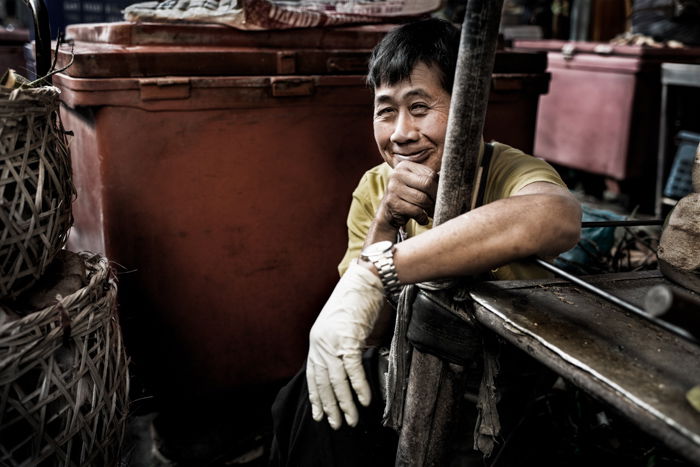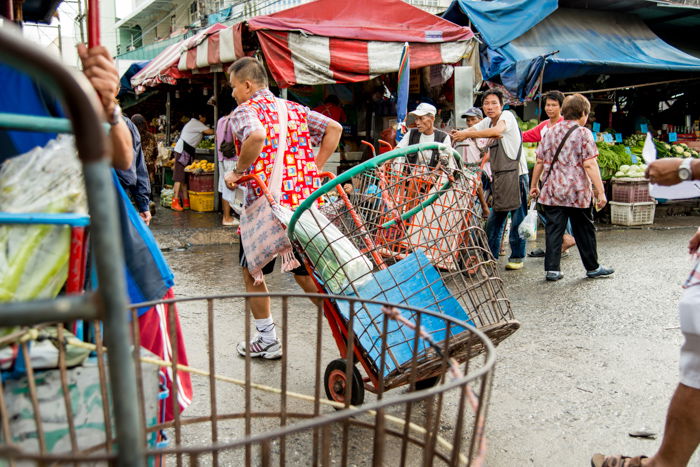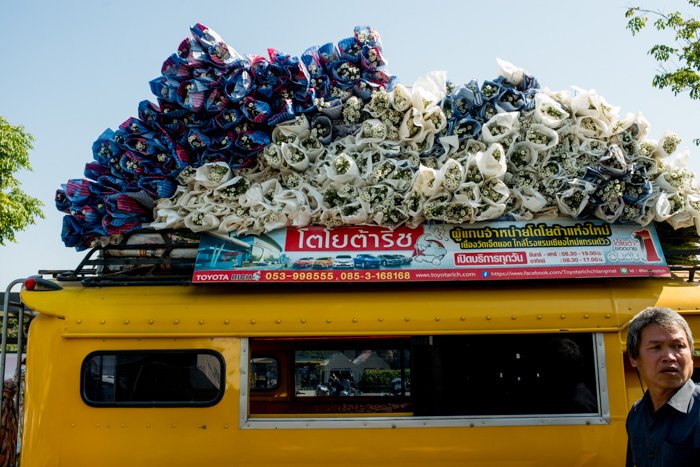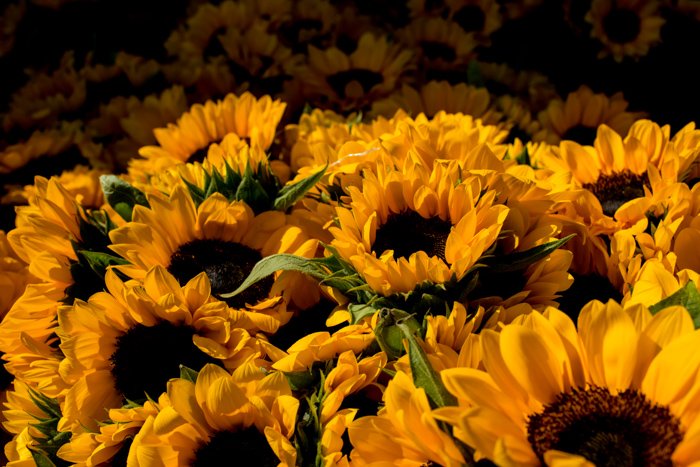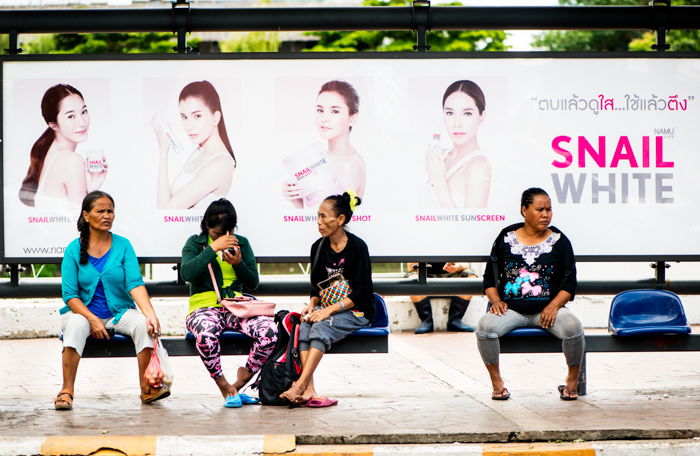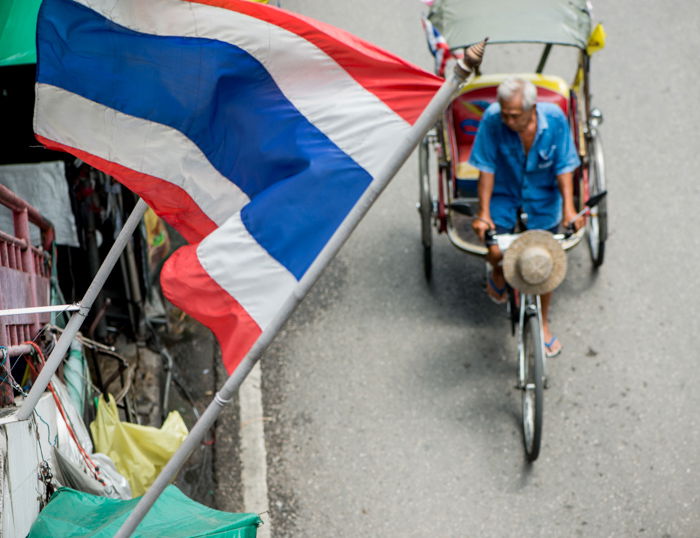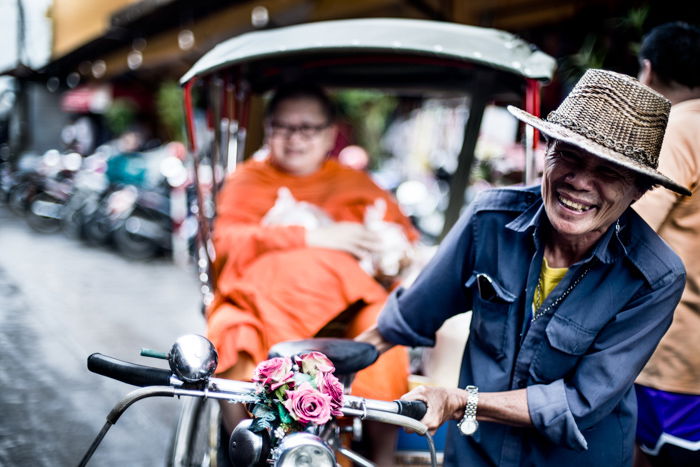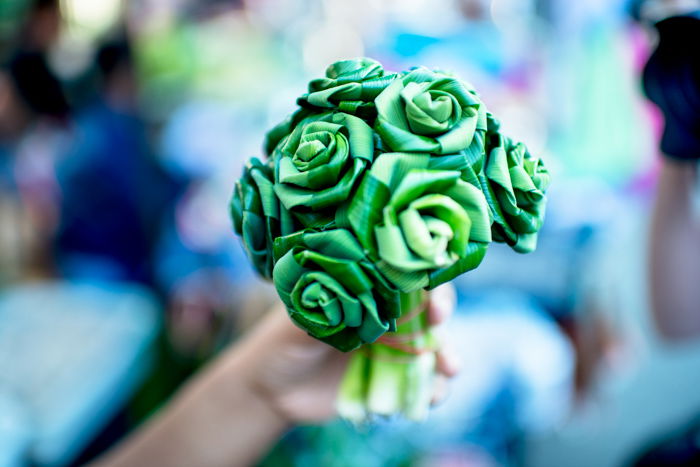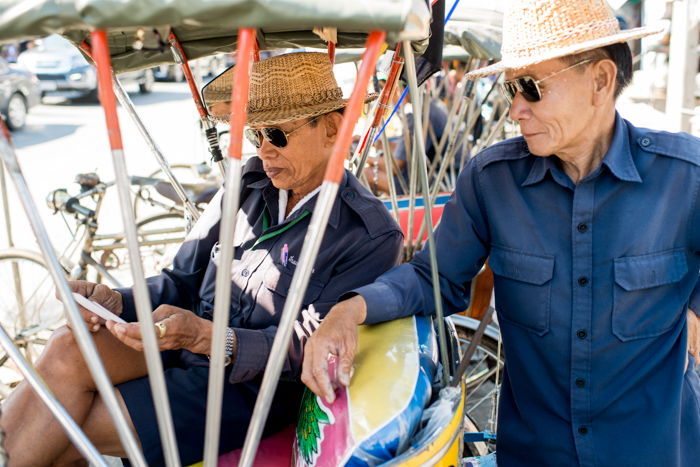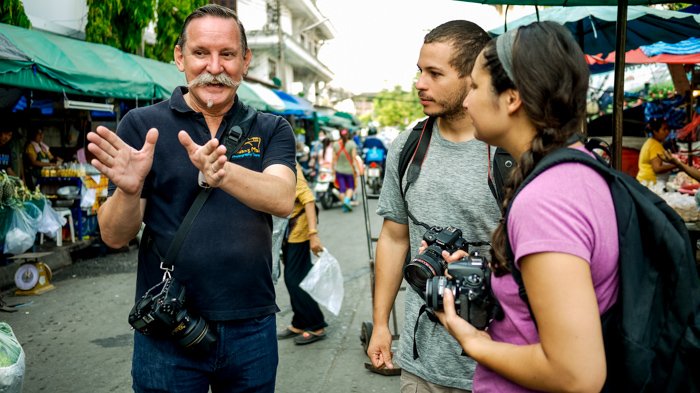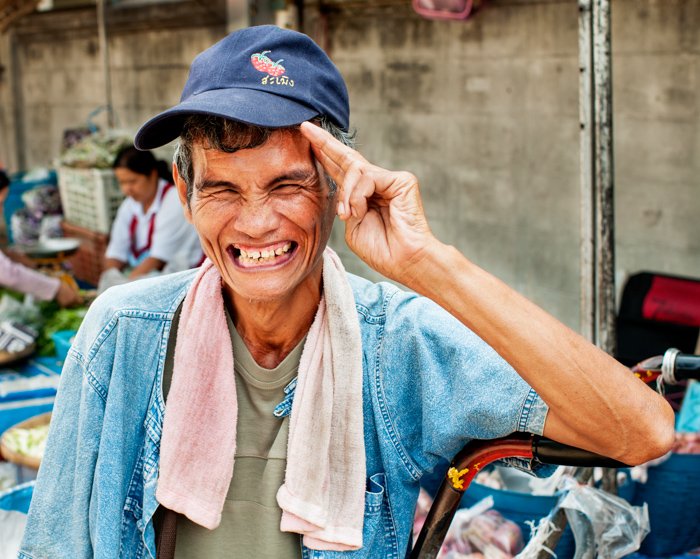15. Research Documentary Photography
Even before you travel, or as you are on the road, research your destination. The more you know about a place, the easier it will be to photograph it. The internet, magazines, and guidebooks are all great resources. Finding a good blog about the place you’re visiting will allow your documentary photography to benefit from someone else’s experience. Research will help you plan your time better and get to the best locations to take your documentary photography. It will also help you to prioritize.
14. Aim to Tell Your Story
Good documentary photography is not only about recording what you see. You want to tell your story, so that your photos are engaging. Think of yourself as being on assignment for a travel or documentary photography magazine. Ask yourself, “what images does my editor want to see when I return?” Think about this as you travel, as you are out and about with your camera. You will build up a stimulating series of documentary photography which will tell your story. An editor likely wants to see variety in documentary photography. Not just the subjects you typically prefer to photograph. Step outside your comfort zone sometimes and diversify. Photograph people, things, and locations that will tell your story with more interest, depth, and detail. Consider building series of illustrative photos for each interesting place you visit. They will fit together like chapters in your travel documentary photography book. For this article, I chose documentary photography I made at Muang Mai and Warorot Markets in Chiang Mai, Thailand. We are often there for our documentary photography workshops. As you go through the article, take note of the story and themes shown by the pictures.
13. Make Documentary Photography Personal
Make your documentary photography story more interesting by keeping it personal. Add your own character and experience to catch people’s interest. If your photos are all very much for the record type of images, they will not be so interesting. Photograph interesting things that happen to you along the way. If you meet some people from your home country or state, take their picture. If you find something you love in a market and buy it, photograph the stall holder. Including photos like these in your travel story will keep it real for you.
12. Include Some Selfies
But not too many. My opinion here may be strongly influenced by my age, (I’m 50 something, not 20 something). It is good to put yourself in context with your surroundings as you travel. Either by taking travel selfies or having someone else take your photo. If you are on your own, ask another tourist or a local person to take your photo sometimes. Set your camera so it’s easy for them and give them a little instruction on what you want included. Don’t assume that if you are standing next to something they will naturally include it in the picture.
11. Photograph the People You Are Traveling With
Your friends and family are part of your travel experience. Include them in your photos. You might like to pick a few themes or ideas to make the same style portraits in the various places you visit. Doing this can lead to a whole series of fun photos. Think about what you can ask them to do to make your photos more interesting. Don’t photograph them in typical tourist style. Standing in front of landmarks or pointing at things makes pretty boring photos.
Have them stand a certain way each time; Have them hold something; Photograph them as they are taking a picture; Find a low angle so you are looking up at them; Have them hold their hand over their eyes as though they are looking intently at something.
I’m sure you will be able to come up with a theme or idea that fits the style you and your travel companions can have fun with.
10. What’s Attractive?
At each new location you visit, look for what attracts you. What would you like to photograph here? Think about why. Maybe you enjoy photographing certain things – cats, dogs, flowers, old cars, etc., when you travel. Incorporate them into your documentary photography story. Look for them, seek them out. You will most likely make your best photos if you enjoy what you are photographing. I love photographing cycles. Around the markets in Chiang Mai there are still plenty of saamlors. These are the traditional tricycle taxis. If I were to photograph the cycle on its own, I would not truly be telling the whole story in my photos. Including the men who work so hard to provide their service with these heavy bikes is important. It also adds depth and character to my photo story.
9. How Do You Feel?
Aim to illustrate not only what you are seeing, but how you are feeling about it. I photographed this young butcher restocking her trays. She was obviously having fun with some of her workmates. I enjoyed watching them for a short while. Then I caught her eye, smiled, gestured to my camera and received her permission to photograph her. Had she frowned at me or shaken her head, I would not have bothered to photograph her. I wanted to capture the jovial atmosphere. It contrasts somewhat with her activity, so including the meat in the foreground was important. Don’t only photograph happy sites and scenes. At times you will encounter people and have experiences that upset you. Photograph these too. They are part of your travel experience and documentary photography. Always be considerate and empathetic, particularly photographing people.
8. Photograph Strangers
I know many people find this very difficult. When I first started out as a photographer I was petrified of photographing people, whether I knew them or not. Don’t return from your journey with few or no photos of the people you met along the way. If you do, your photo story will be lacking. Take the easy way. Look for people who might like to be photographed. Or people who are not likely to refuse. The concierge at your hotel. The shop keeper who you’ve just purchased something from. Smile and look people in the eye. You will begin to recognise the type of person who will not mind being photographed. Don’t think that you will be causing these people any discomfort or inconvenience. They will enjoy the experience and you will have brightened up their day.
Tips For Photographing People:
Smile at them. Greet them in their language. It’s always good to learn this short phrase or word where ever you travel. Talk with them – even if they don’t understand. Be relaxed. Don’t be in a rush. Focus your attention on them, not on your camera settings. Smile at them!
Keep an eye out for people who shy away. If they don’t smile back or give you even a slight nod of their head, they are uncomfortable. In my experience, these people rarely make great portrait subjects. When you do photograph someone, always try to show them their picture. Be ready to take some more as often their reaction will be worth another photo.
A Special Story
I had walked past this man a few times down at the markets and wanted to photograph him. He had an interesting face. But he seemed a little withdrawn and reserved. So each time I passed, I would just smile and greet him. Then, after doing this for a few weeks I asked if I could make a portrait of him. And he said yes. He smiled with his chin up. He put his hands out on the edges of his big sticky rice bowl and his shoulders back. I was delighted. I saw him a few more times, but then for a long while he was not there. A lady was running the small stall. One day I was chatting with her. I’d also made her portrait. I asked about the man and her face dropped and her eyes saddened. Then she leaned toward me and almost whispering, asked me if I had a picture of him. We had the photo enlarged and framed. It is now hanging above her bed. He was her husband who had passed away suddenly not long after I’d made his portrait. Don’t be shy. Don’t think you are always intruding or interrupting. You never know how much you might be blessing someone by taking their portrait. You will most likely not be able to give someone a print. Most people do have an email address or social media link. Ask them to write it down for you and send a copy of their photo.
7. Keep It Local
Look for people who really belong to the place. Who are part of the furniture. These people can often be real characters. Photograph people doing what they do. Environmental portraits are about the best way to illustrate ‘who’ and ‘where’ and ‘what’ in your story. In the markets this is frequently people selling. Transactions taking place. Food being prepared and weighed. Goods being transported. Even someone just taking a rest. Make the person the main focus of your composition, but include location and action. Showing them in context with their surroundings certainly helps build your story. Capturing them performing some activity enhances and develops your story deeper.
6. What’s Unique?
Ask yourself this. What makes this location special? Then find a creative way to photograph it. The tricycle taxis are very much part of the local markets in Chiang Mai. For the present time at least. They will fade away no doubt as most of the riders are older men. All the more reason to photograph them. The round steel push carts are also very much part of the market. These are interesting to photograph whether they’re overflowing with produce or empty. With nothing in them their structural lines are more pronounced. They also make wonderful shadows on the ground.
5. Pick A Theme and Follow It
You might find yourself overwhelmed and not know what to photograph. Especially if you have limited time at a location. Limiting what you photograph can at times help you produce more interesting images. Concentrating on capturing photos around a chosen idea or theme will help you see and experience places in different ways. You might have a favourite color to photograph. You might be like me and look for bikes wherever you go. Some ideas to make a documentary photography theme from:
Hands Hats Stripes Smiles Relaxing People in a hurry A single color Two strong colors Black and white
Really, this list is endless. As in tip #5, photograph what you find attractive. What is it that you like and often catches your eye? Don’t limit your documentary photography theme ideas to subjects of things. Think about concepts and ideas as well. Look at what is happening around you. Notice what’s different from where you live and in your own culture. You may pick a theme to photograph which baffles the locals. What is commonplace to them may be exquisite to you.
4. Tell Me Where You Are
Include aspects of the location in your compositions which tell where you are. Text is often the best way to do this. Street signs, advertising boards, people’s tee-shirts. Anything with writing on it will help tell the viewer where you took your photo. Often now in Asian countries English text is seen on advertisements. This can also add interest as the local text may not always be immediately noticeable. I love the irony in this image too. The workers waiting for their bus are probably not the target demographic of the Snail White advertisers. Flags are also another dead giveaway as to your location. The country at least. Some cities also have their own flag or coat of arms. The saamlor rider passing the Thai flag is obviously Thailand and most likely Chiang Mai. There are a few other cities still with the tricycle taxis. Using these visual hints at locations in your travel photographs helps engage the people looking at your photos. These things create interest and can raise questions. What’s that text? What flag is that? Where was this photo taken?
3. Practice Your Technique
If you have time, make the most of it. Make use of your favourite camera techniques and learn some new ones. If you like the look of a blurred background, work with this. Look for situations where it will be appropriate to create a photo using a wider aperture. Sometimes having less sharp detail creates a more interesting travel photograph. This photo of the saamlor rider and the monk for example. I wanted the focus to be on the rider as this is a theme I am following. You can still easily recognise there’s a monk in the chair and he is not distracting from my subject. Set up your camera somewhere stable and use a slow shutter speed to capture some motion blur in a few photos. Look for low angles, framing, leading lines or any other particular way you like to photograph.
Pro Tip
Remember to include wide, medium and close up photos from each location. Including this variety in your images will make your overall story more dynamic.
2. Don’t Be A Tourist Snap Shooter
Stand back and watch. Don’t rush into a new situation and blaze away with your camera taking snap shots of everything that takes your fancy. Most new places you go will have some iconic things you really must include in your story. But I often tell people, an interesting subject alone does not always make an interesting photo. Don’t rely only on your subject but also:
make a strong composition; make sure your exposure is good; wait for the best time to make your photo; include interesting color and tone.
Managing to capture each of these in a single photograph is tough. Aim for one or two at least when you are photographing a remarkable subject. People who come to Thailand love to photograph monks, temples, and tuk-tuks. I cannot tell the number of unimaginative photographs I have seen of these. Don’t be a tourist snap shooter. Think about how best you can make an interesting documentary photograph without relying on your exotic subject alone.
1. Find Some Local Knowledge
Meeting someone who knows the location and customs will give you better pictures. Even better if it’s a photographer. Someone with local knowledge who is easy to communicate with can help immensely. They will be able to converse with local people on your behalf. They should know the best people and places to photograph. You can also save a lot of time. A local photography guide will know the best locations to take you. This will save you having to hunt for them yourself. They will know where and when the light is best because they have experience. Once you have learned these things, and if you have time, you will be able to return to the same places again. In some places you might find a photo guide who will show you locations. Other times you might find a photo tour. These will often include a little more photographic guidance. Some places you will be able to take a photography workshop. This will include great locations, guidance and photography teaching.
Enjoy Your Story
Live in the moment. Whether you are traveling somewhere for the first time, or you are revisiting your favourite vacation spot. Enjoy yourself and enjoy photographing your experience. Documentary photography does not have to include everything. Don’t bust your gut trying to cram everything in. If you can’t photograph everything, don’t worry. Take your time. It’s better to have fewer great photos than a whole lot of snap shots. As you are creating your magazine picture spread, remember this. You have no deadlines or editor to shout at you if you ‘get it wrong’. You won’t get it wrong, because while you’re on holiday with your camera, you’re the boss. For more tips on documenting people, check out our new post about pictures of people next!


